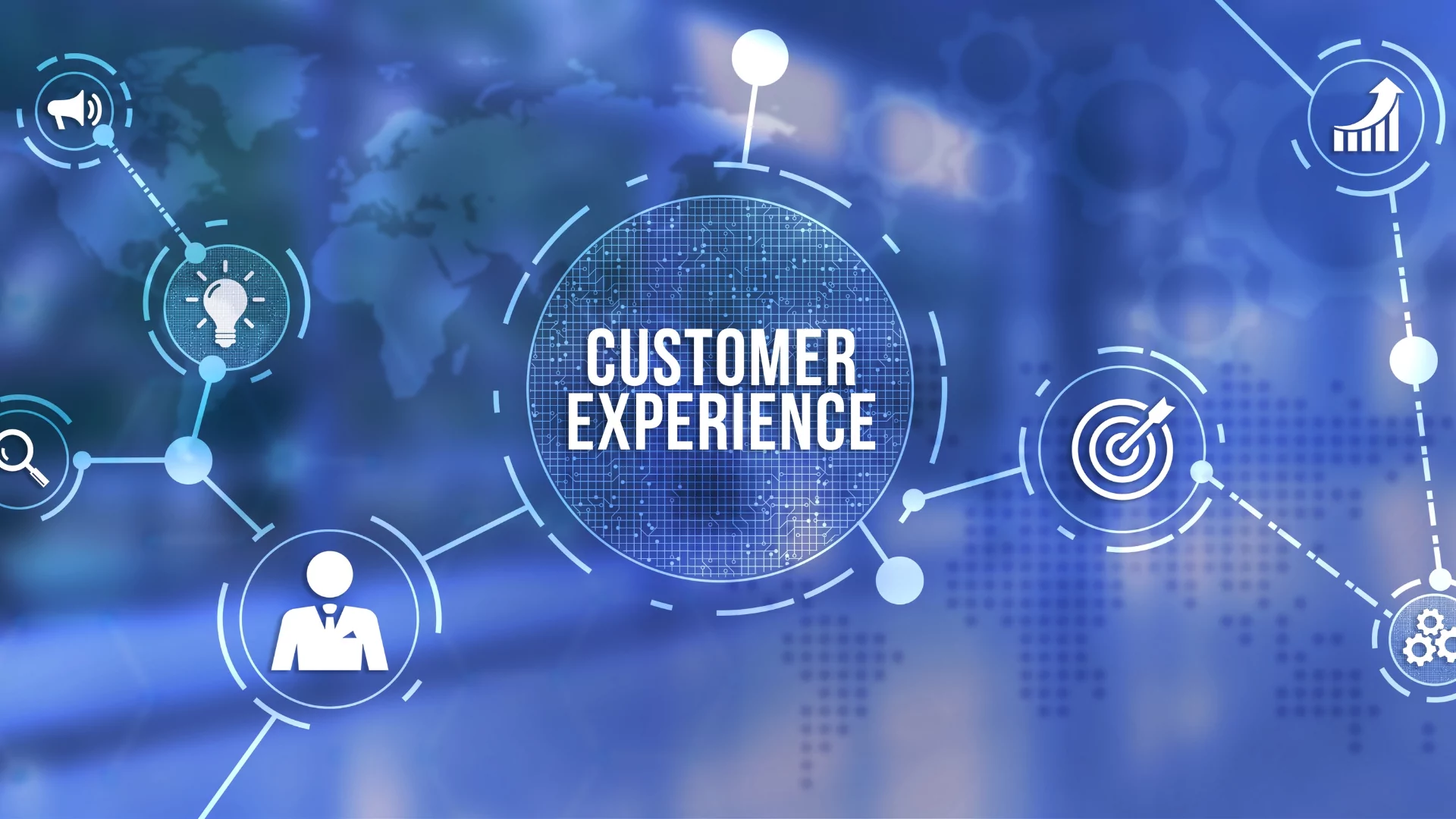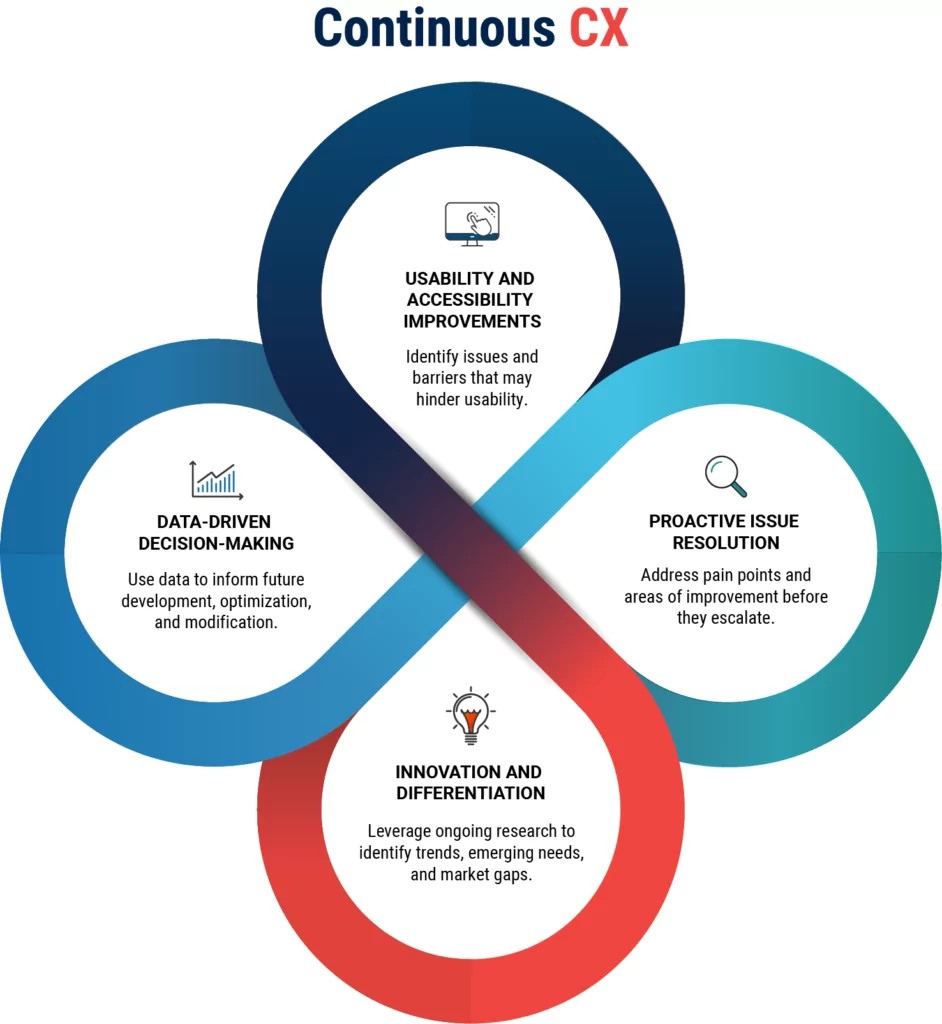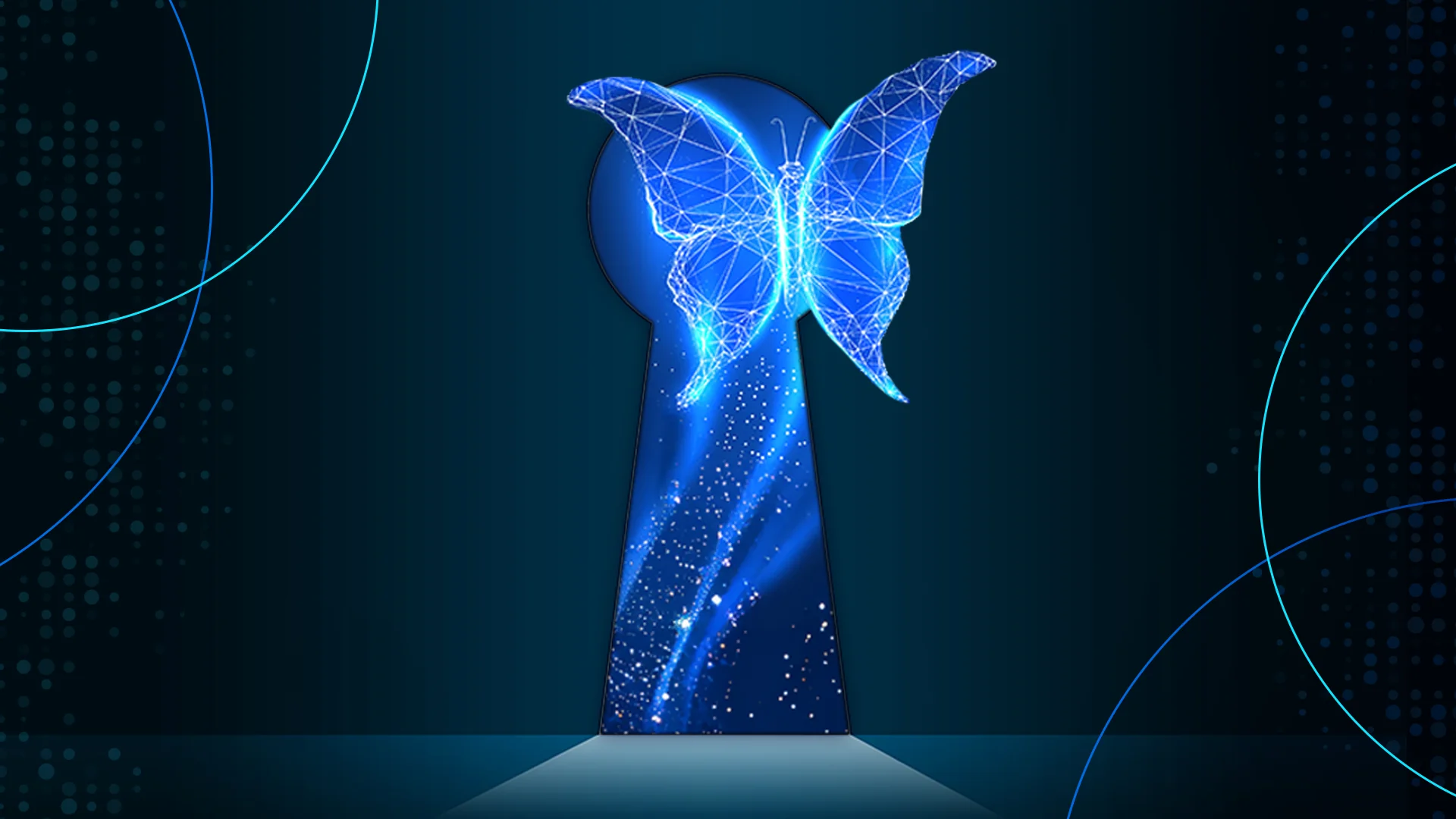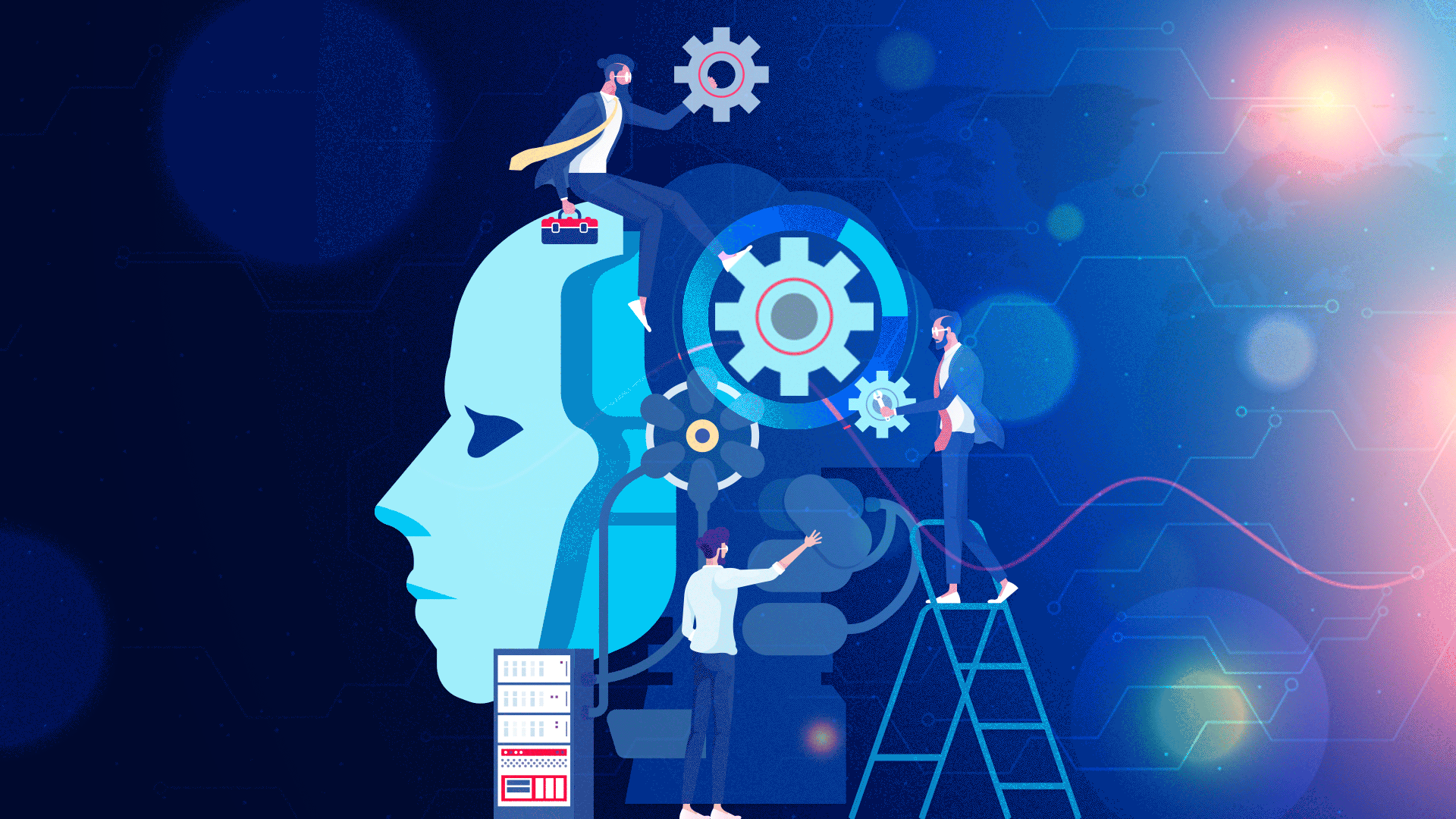Congratulations on the launch of your agency’s newest application! After months, or perhaps years, of inquisitive research, thoughtful planning, intense development, and rigorous testing, your hard work has paid off. Although your customers – the end users of your application – have been eagerly anticipating this launch, and you have delivered, the work doesn’t end there. While your product may be complete, your customers’ experience is not. It is continuously evolving. If your customer experience (CX) design efforts don’t evolve in tandem, your hard work – and its success – will erode.
Remembering that a successful product launch is just the beginning is important. Continuously monitoring customers’ needs and adapting CX designs accordingly is crucial for maintaining customer satisfaction and loyalty.
Think of it this way: If CX is the total of all a customer’s interactions with a company or brand, then Continuous CX (CCX) is the total of those interactions over time. Because those interactions occur at multiple touchpoints at varying points in time, CCX is never static. And if superior CCX leads to happier customers and better profitability, your approach to CCX should not be static either.
Advantages of Continuous CX
CCX is essential to delivering and optimizing the experiences your customers need from your product. Application and software development is an iterative process, and product design changes are guided by customers’ interactions with it. Maintaining ongoing dialogue between your team and customers provides real-time opportunities to understand and address evolving customer needs, preferences, and pain points. Ongoing user research with tools like surveys, interviews, feedback forms, usability tests, and embedded customer feedback mechanisms provide views into how customers use your product and measurable insights that can identify areas of improvement.
The benefits of persistent CX review and analysis go beyond determining if customers find the overall experience satisfactory. CCX allows for ongoing measurement of key performance indicators, providing data to help teams prioritize an application’s features and functions based on identified needs. Four areas for deeper exploration include the following:
- Usability and Accessibility Improvements: Identify usability issues and barriers that hinder customers from fully utilizing your products or services. By incorporating user feedback, conducting usability tests, and analyzing usage patterns, you can make iterative improvements to enhance the user interface, simplify workflows, and optimize accessibility. These modifications contribute to smoother interactions, improved efficiency, and a more intuitive user experience.
- Proactive Issue Resolution: Continuous user research can identify potential pain points and areas of improvement before they escalate. Proactively addressing them can prevent negative user experiences and mitigate customer frustrations. This approach involves listening to customer feedback, analyzing support requests, and conducting root-cause analyses to identify and resolve recurring problems. Actively resolving issues as they arise demonstrates a commitment to a satisfactory experience and builds trust with your customers.
- Innovation and Differentiation: User research provides valuable insights into trends, emerging customer needs, and market gaps. By taking the initiative and being responsive to these insights, you can develop unique or desired features to improve the overall experience.
- Data-Driven Decision-Making: Continuous user research provides data and evidence to inform decision-making related to future product development and optimization, service modifications, and overall agency strategies. By collecting and analyzing user feedback, usage metrics, and market trends, decisions can be based on real data, which minimizes the guesswork and reduces the risk of negatively impacting user experiences.
Prioritizing the user and consistently refining products to deliver a superior experience can help agencies build strong customer relationships and increase satisfaction. However, the benefits of CCX improvement do not stop there.
Beyond a “Feel-Good” Experience
Monitoring customer expectations and needs through ongoing user research can yield benefits beyond simply delivering positive experiences and the good feelings accompanying them. Incorporating ongoing CX efforts into an agency’s standard operating procedures can improve operational efficiency and sound budget stewardship.
Understanding customer expectations through ongoing user research helps agencies streamline operations and allocate resources efficiently. For example, agency leadership can optimize processes and systems by identifying where customers expect fast, convenient, or personalized experiences. This can lead to improved efficiency, reduced waste, better resource utilization, and overall cost savings.
Armed with this knowledge, agencies can understand what customers truly value and invest in initiatives directly impacting customer satisfaction, such as internal process improvement, robotic process automation, or artificial intelligence. More importantly, analyzing user feedback to identify customer-centric improvements can help agencies avoid costly mistakes and prevent potential customer dissatisfaction and attrition.
Celebrate, But Don’t Stop
We recognize the tremendous amount of time, talent, and effort required to cross the finish line with your agency’s newest application. By all means, celebrate your success; it is well deserved. However, as you celebrate, it is important to avoid complacency and commit to a plan for evaluating how your customers perceive your product’s performance.
Today, the government and private sector have integrated applications to streamline citizen interactions. From citizenship applications or delivering grant funding for disaster relief, most citizens want to interact with the government easily and on their own time.
For most government agencies, CX achieves more when integrated with a Mindful Modernization approach. This approach strategically aligns an agency’s mission and user demands with its technology roadmap – harnessing the power of Agile, DevSecOps, and CX to deliver successful solutions while accelerating adoption rapidly.
By utilizing Mindful Modernization alongside CCX, you and your team can continue to enhance your product and exceed evolving customer expectations. You can leverage user research to collect data that will help you identify improvement, optimization, and innovation opportunities. Then prioritize these opportunities and turn them into actionable steps. In doing so, you and your team can continue to enhance your product to meet and exceed evolving customer expectations.
Don’t miss out on the opportunity to stay ahead of the curve.
Learn how application modernization drives the next generation of citizen service delivery.





